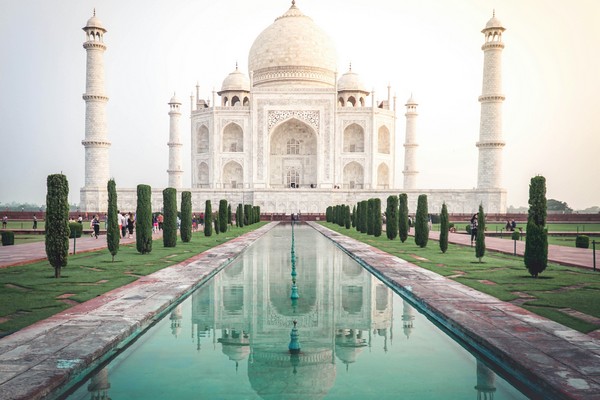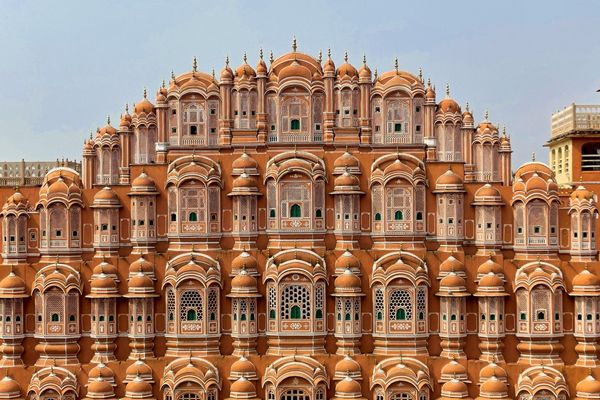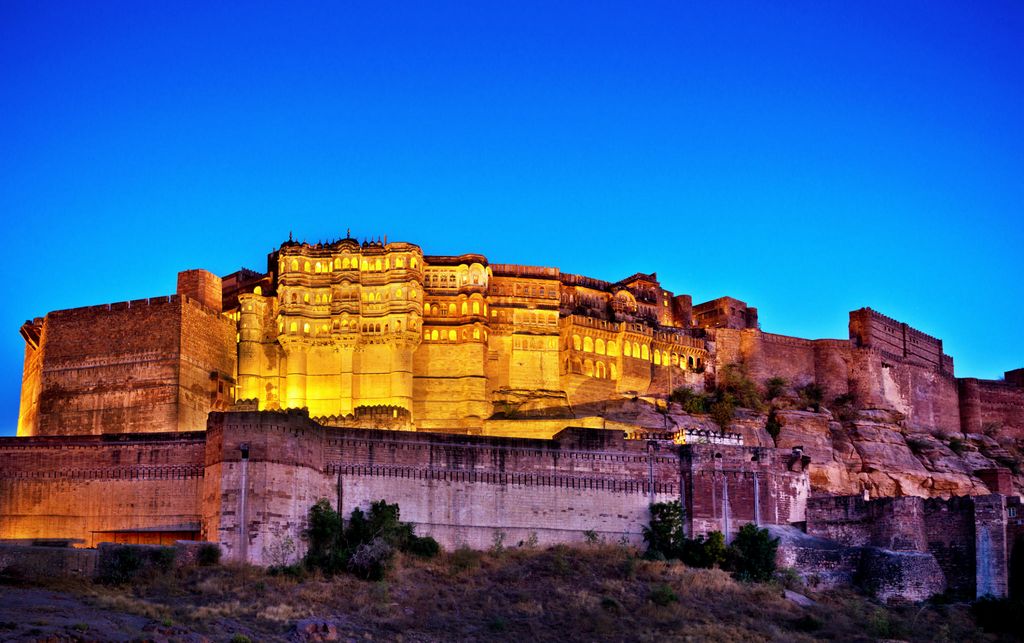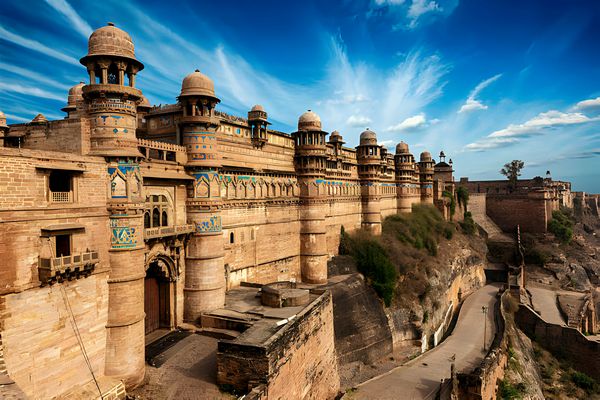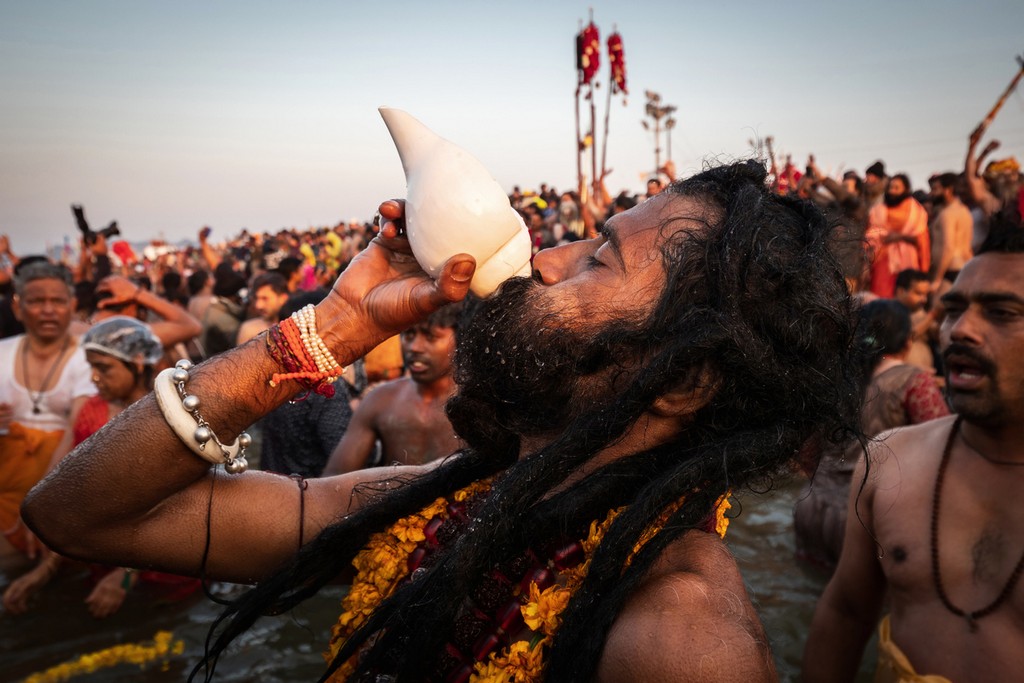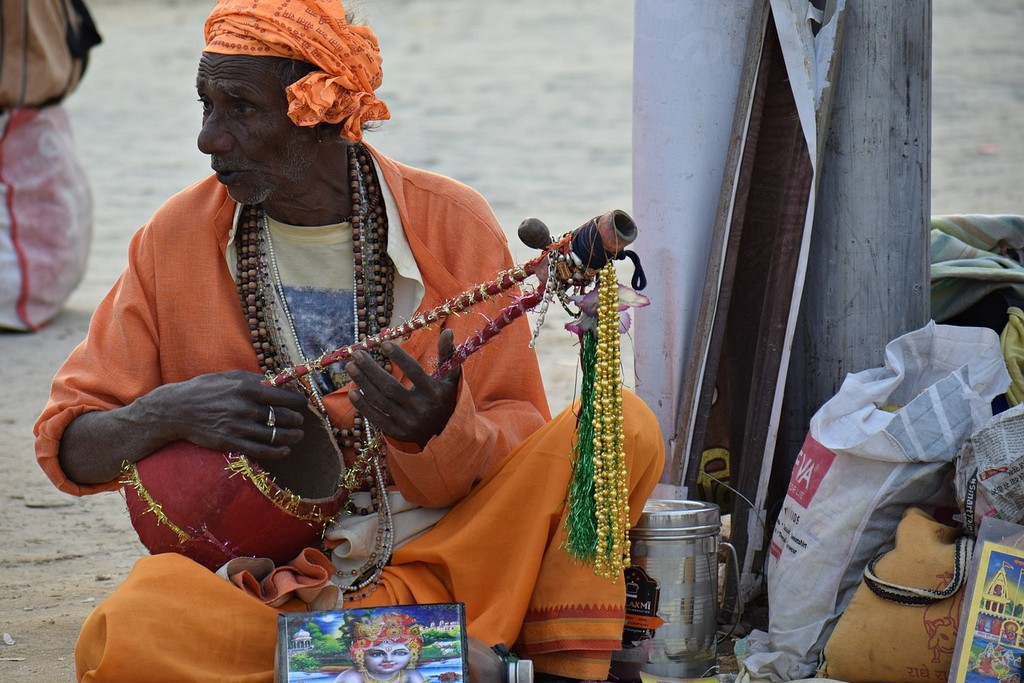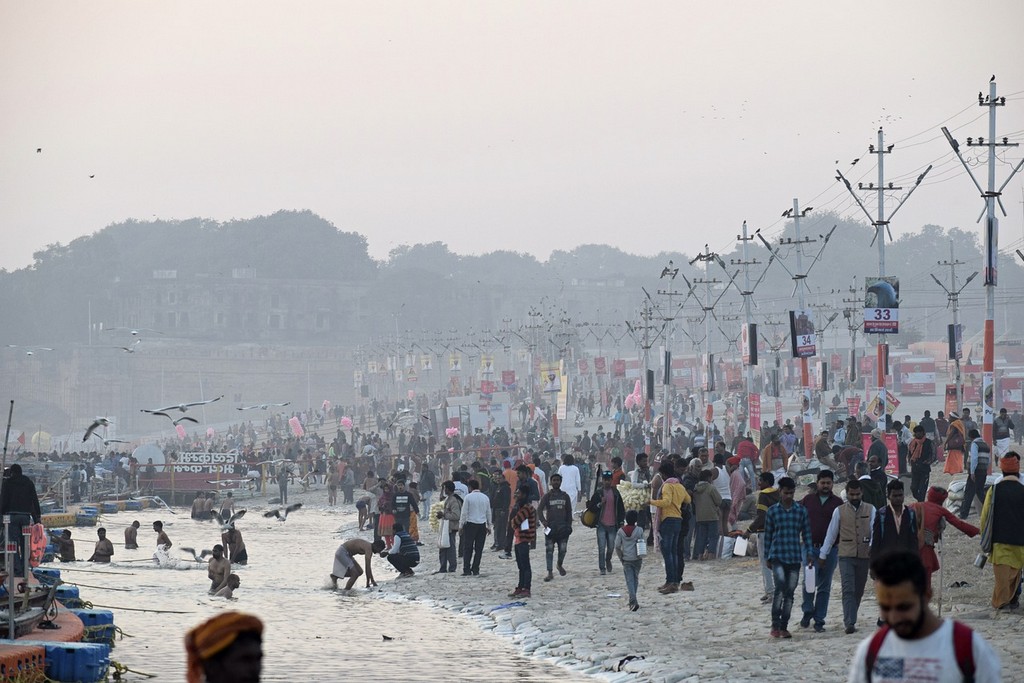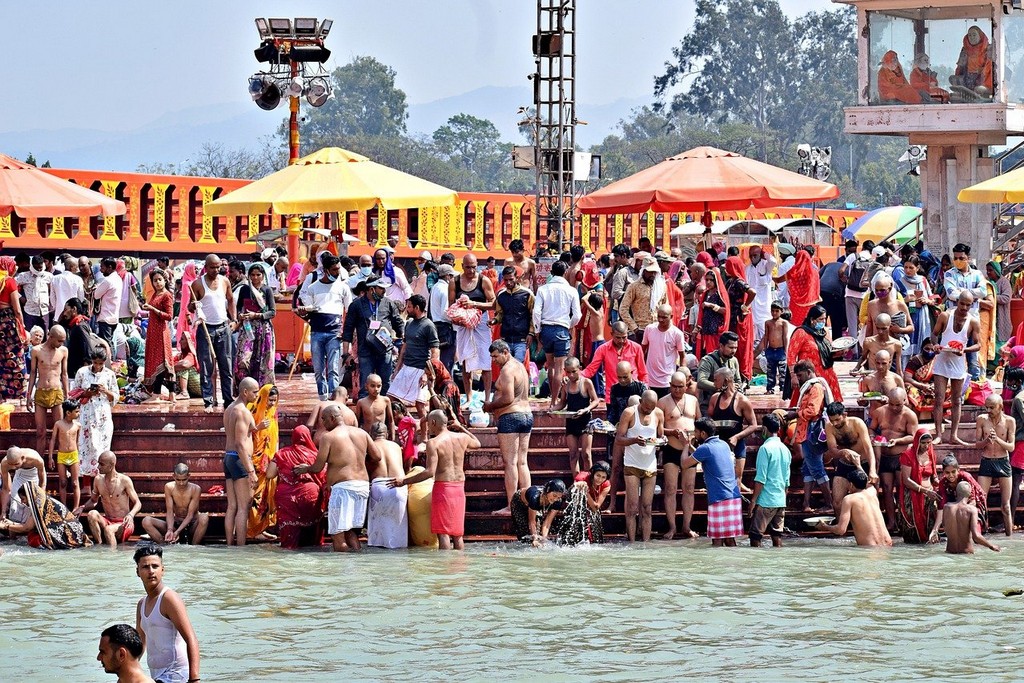For the Global Wanderer
As the sacred confluence of spirituality and culture, the Kumbh Mela in Prayagraj beckons to the soul-searching traveler with its mesmerizing aura and profound significance. Scheduled to grace the banks of the Ganges in 2025, this awe-inspiring spectacle offers an unparalleled glimpse into India’s rich tapestry of traditions, beliefs, and rituals.
The Location
Nestled along the banks of the sacred Ganges River, Prayagraj, formerly known as Allahabad, serves as the enchanting backdrop for the Kumbh Mela, a spiritual extravaganza that captivates the hearts and minds of millions of pilgrims and travelers worldwide. Renowned as the “City of Offerings,” Prayagraj holds immense significance in Hindu mythology, as it is believed to be the site where the celestial nectar fell during the cosmic churning of the ocean. From a foreign tourist perspective, Prayagraj offers a mesmerizing blend of history, culture, and spirituality, inviting visitors to immerse themselves in its vibrant tapestry of traditions and rituals. The city’s sprawling riverbanks, adorned with majestic temples and ghats, provide a tranquil sanctuary for contemplation and reflection, while its bustling streets pulse with the energy of devotees and seekers from every corner of the globe. Exploring Prayagraj during the Kumbh Mela is a transformative journey, where travelers can witness the convergence of faiths, the harmony of diverse cultures, and the timeless allure of spiritual enlightenment amidst the enchanting ambiance of this ancient city.
Origin and Mythology
The origin and mythology of the Kumbh Festival in Prayagraj are deeply entrenched in the ancient scriptures and folklore of Hinduism, creating a rich tapestry of divine narratives and celestial events. At the heart of this spiritual extravaganza lies the legendary tale of the Samudra Manthan, the cosmic churning of the ocean. As the story goes, the gods (devas) and demons (asuras) forged an uneasy alliance to churn the milky ocean in search of the divine elixir of immortality, known as Amrita. Mount Mandara served as the churning rod, while the serpent Vasuki acted as the rope, coiled around the mountain. The relentless stirring of the ocean unleashed a tumultuous upheaval, releasing various treasures and celestial beings. Amidst the chaos, the pot (Kumbh) containing the sacred nectar emerged, sparking a fierce struggle between the celestial forces for its possession. To ensure the elixir’s safekeeping, Lord Vishnu, in his guise as Mohini, the enchantress, intervened and cunningly distributed the Amrita among the gods, depriving the demons of their coveted prize. However, during the ensuing skirmish, drops of the precious nectar fell at four sacred locations on earth: Prayagraj, Haridwar, Nashik, and Ujjain. Thus, the Kumbh Mela is celebrated every twelve years at these holy sites, commemorating the divine intervention and sanctifying the riverside with its profound spiritual legacy.
Also Read : Must-Visit Cultural Destinations in India – Jaipur, Agra, Varanasi, Delhi
Significance
The Kumbh Festival in Prayagraj holds profound significance that transcends mere religious observance, encapsulating the essence of spiritual rejuvenation and cultural heritage. As one of the largest religious gatherings on the planet, it serves as a beacon of unity, drawing millions of devotees, seekers, and curious travelers from across the globe. The festival’s primary significance lies in its purification rituals, wherein participants immerse themselves in the sacred waters of the Ganges, seeking absolution from past sins and blessings for future endeavors. This act of symbolic cleansing symbolizes the cyclical nature of life, death, and rebirth, fostering a sense of spiritual renewal and inner peace. Moreover, the Kumbh Festival is a testament to India’s diverse tapestry of faiths and traditions, where people of all backgrounds come together in a spirit of harmony and solidarity. It serves as a vibrant platform for cultural exchange, dialogue, and enlightenment, reinforcing the timeless values of compassion, tolerance, and communal harmony. Thus, the significance of the Kumbh Festival in Prayagraj transcends religious boundaries, offering a transformative journey of self-discovery and spiritual awakening for all who embark upon its sacred shores.
Gathering and Festivities
The Kumbh Mela is not merely a religious gathering; it is a vibrant celebration of life itself. Amidst the chanting of hymns, the fragrance of incense, and the rhythmic beats of traditional music, visitors are transported to a realm where time seems to stand still. Sadhus (ascetics) adorned in saffron robes, mystics engrossed in meditation, and devotees performing elaborate rituals create an atmosphere charged with spiritual fervor. Witnessing the Shahi Snan, or royal bath, where the revered saints lead the procession to the river, is a highlight of the festivities.
The Snans (Important Bathing Dates)
The focal point of the Kumbh Mela revolves around these grand Shahi Snans, orchestrated by the esteemed Akharas, or religious orders. These ceremonial immersions, meticulously scheduled in accordance with the Hindu lunar calendar, allure millions of pilgrims in pursuit of purifying their souls and attaining spiritual liberation.
Here’s the timetable for the Shahi Snans and other significant bathing days for the upcoming Maha Kumbh in 2025:
Makar Sankranti (1st Shahi Snan)
January 14, 2025: Commencing with the auspicious Makar Sankranti, signifying the sun’s transition into Capricorn, devotees partake in the inaugural royal bath.
Mauni Amavasya (2nd Shahi Snan)
January 29, 2025: The second Shahi Snan coincides with Mauni Amavasya, revered as the most favorable day for ritual ablutions and deep introspection.
Basant Panchami (3rd Shahi Snan)
February 3, 2025: Embracing Basant Panchami, the third royal bath marks the onset of spring and venerates the goddess Saraswati.
In addition to the Shahi Snans, several other significant bathing days punctuate the trajectory of the Kumbh Mela:
Paush Purnima
January 13, 2025: On the full moon day of the Hindu month of Paush, devotees assemble to cleanse their sins and seek spiritual revitalization.
Achla Saptami
February 4, 2025: Observing the seventh day of the waxing moon in Magha, Achla Saptami holds profound significance for ritual bathing and acts of penance.
Maghi Purnima
February 12, 2025: The full moon of Magha witnesses a congregation of devotees seeking divine benediction and celestial blessings.
Maha Shivratri
February 26, 2025: Culminating the Kumbh Mela, the auspicious night of Lord Shiva is honored with prayers, fasting, and devout worship.
Exploration Beyond the Mela
While embarking on a journey to the Kumbh Festival in Prayagraj in 2025, travelers have the perfect opportunity to explore the rich cultural tapestry of India by visiting nearby tourist destinations.
- Varanasi (125 Kms. / 2½hours), often referred to as the spiritual capital of India, offers a mystical experience with its ancient temples, ghats, and evening aarti ceremonies along the sacred Ganges River.
- Khajuraho (302 Kms. / 6 hours) renowned for its exquisite temples adorned with intricate carvings, provides a glimpse into India’s architectural and artistic heritage.
- Bandhavgarh Tiger Reserve (267 Kms. / 6 hours) Nature enthusiasts can venture into the wilderness of Bandhavgarh National Park, home to majestic tigers and diverse wildlife.
- Agra (By train/ 5 hours), with its iconic Taj Mahal, stands as a testament to eternal love and architectural brilliance.
- Lucknow (201 Kms. / 4½ hours), the city of Nawabs, invites travelers to savor its rich cuisine and explore its opulent historical monuments.
- Ayodhya (169 Kms. / 4 hours), the birthplace of Lord Rama, exudes a serene aura with its ancient temples and sacred sites.
- Delhi (Luxury train/ 6 hours), the vibrant capital of India, showcases a blend of ancient history and modernity, with its bustling markets, majestic forts, and vibrant street life.
Adding these enchanting destinations to the itinerary with further addition to each of them enriches the spiritual journey of exploring the Kumbh Mela in Prayagraj, offering travelers a holistic experience of India’s diverse cultural heritage.

